
When it comes to baking, choosing the right type of flour is crucial to the success of your recipe. Two of the most commonly used flours are all-purpose flour and plain flour, but is all purpose flour plain flour? Trust is, there are some differences. From their protein content, suitability for various baked goods, and when to use each to achieve the perfect texture and taste in your recipes. This post with bring a better understanding how these flours can elevate your baking to the next level.
What is Flour
Flour is a fundamental ingredient in the culinary world, made by milling grains, seeds, nuts, or roots into a fine powder. The most common type of flour is wheat flour, which is central to bread, pasta, cakes, and countless other dishes across various cuisines. Flour can come from a variety of sources, each offering unique flavors, textures, and nutritional profiles. For example, rye flour is popular in bread-making, almond flour is a go-to for gluten-free baking, and rice flour is often used in Asian cuisine.
The key component in wheat flour is gluten, a protein that gives dough its elasticity and strength, allowing it to rise and hold shape.
Is All-Purpose Flour Plain Flour?
When navigating the world of baking, understanding the differences and similarities between all-purpose flour and plain flour is crucial. At first glance, the names might suggest these are two distinct types of flour designed for different culinary tasks. However, the truth is more nuanced and depends largely on regional terminology.
What is All-Purpose Flour
All-purpose flour, also referred to as AP flour lives up to its name by being suitable for a broad spectrum of baking needs. Its balanced blend of hard and soft wheat gives it a moderate protein content, typically ranging from 9% to 11%. This middle-of-the-road protein level makes all-purpose flour incredibly versatile, capable of producing both the tender crumb of cakes and the chewy texture of bread. It’s the go-to flour for most home bakers in the United States because of this adaptability.
What is Plain Flour
Plain flour, often discussed in the context of British baking, is very similar to what is known as all-purpose flour in the U.S., albeit with a slightly lower protein content, around 8% to 9%. This minor difference in protein translates to less gluten formation, making plain flour especially good for creating the light textures and tender crumbs desired in pastries, cakes, and biscuits. It’s the preferred choice for delicate baked goods where a fine, soft texture is the goal.
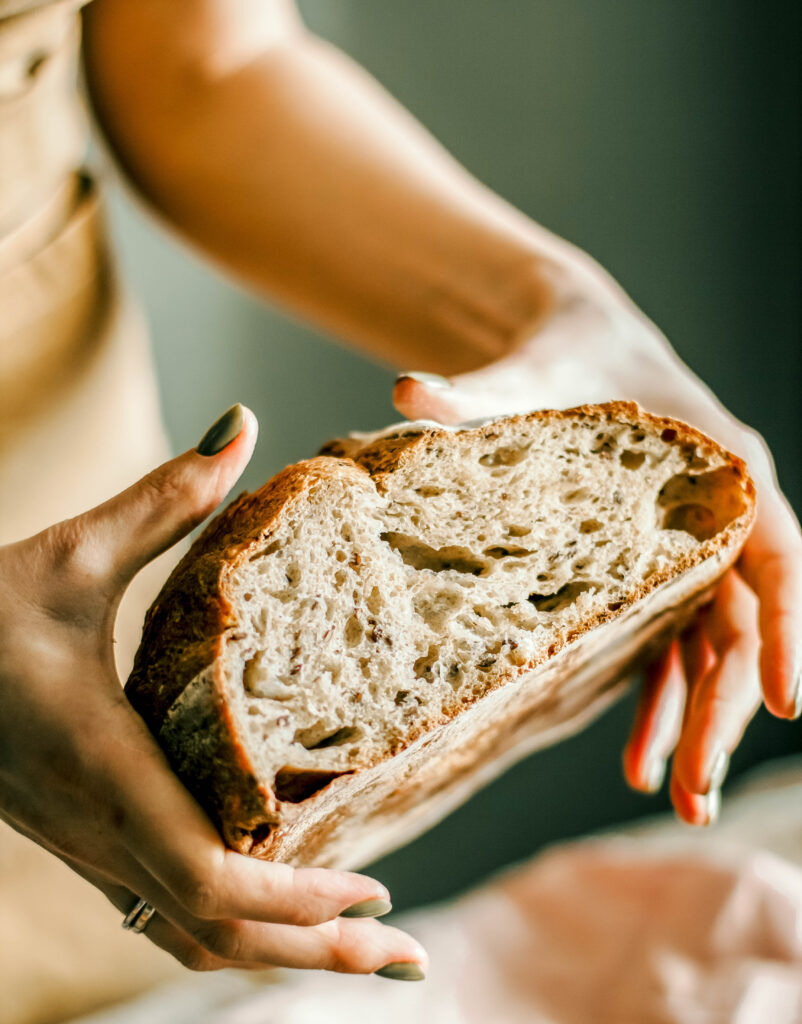
All Purpose vs Plain
When it comes to comparing protein content, all-purpose flour has a higher protein content compared to plain flour. Higher protein flour, such as bread flour, has even more protein (around 12% to 14%) and is used for making bread and other baked goods that need a lot of structure.
For those who are looking for a whole wheat flour substitute, all-purpose flour can be used in place of plain flour, but keep in mind that the finished product may have a different texture and taste. If you’re making pastries or cakes, it’s best to stick with plain flour to ensure a tender and delicate end result.
In conclusion, the main difference between all-purpose flour and plain flour lies in their protein content and intended use. All-purpose flour is a versatile flour that can be used for a wide range of baked goods, while plain flour is best suited for delicate baked goods like pastries and cakes. When it comes to choosing between the two, consider the recipe you’re making and what type of texture and structure you want in the end product.
All Purpose Flour Uses
All-purpose flour is a versatile flour that can be used for a variety of baking applications. Some common uses of all-purpose flour include:
- Baked goods: All-purpose flour can be used for making cakes, cookies, bread, muffins, pancakes, waffles, and more.
- Thickening sauces and gravies: All-purpose flour can be used as a thickening agent for sauces and gravies. Simply mix the flour with cold water to make a slurry, then add it to the sauce or gravy and stir until it has thickened.
- Pastry dough: All-purpose flour can be used to make pastry dough for savory and sweet dishes, such as pies and tarts.
- Batters: All-purpose flour can be used to make batters for fried foods, such as chicken nuggets, onion rings, and more.
- Coatings: All-purpose flour can be used to create a coating for fried or baked foods, such as chicken or fish. Simply mix the flour with spices and herbs to create a flavorful coating.
- Homemade pasta: All-purpose flour can be used to make homemade pasta dough. Simply mix the flour with eggs, oil, and water to create a dough, then roll it out and cut it into the desired shape.
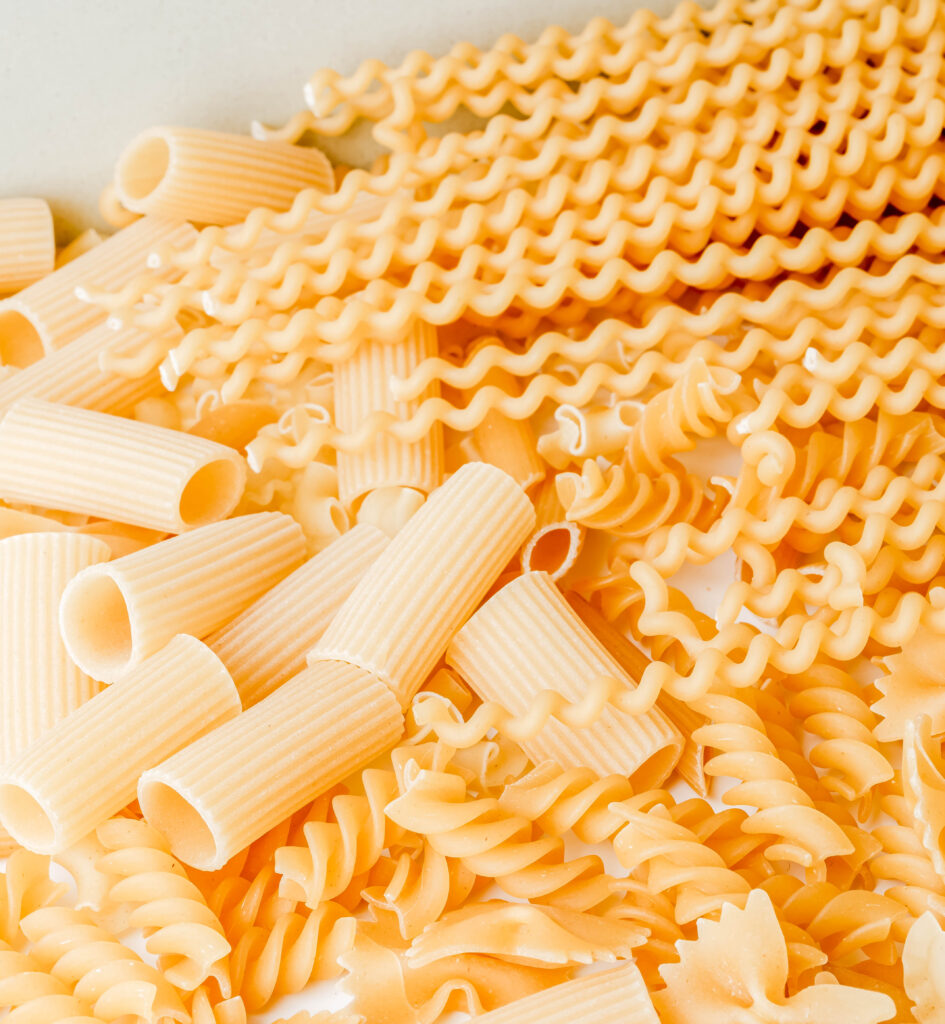
All-purpose flour is a staple ingredient in many kitchens and is an excellent choice for a variety of baking and cooking applications.
What is pastry flour?
Pastry flour is a type of flour with a lower protein content than all-purpose flour. It is designed for use in delicate baked goods, such as pastries, pie crusts, and cakes. The lower protein content results in a tender and flaky texture in these baked goods, making it a popular choice among bakers.
Pastry flour typically contains around 8 to 9 percent protein, while all-purpose flour contains around 10 to 12 percent protein. Because of its lower protein content, pastry flour is not recommended for use in bread, which requires a higher protein flour to develop structure and elasticity.
Pro Tip for using Pastry Flour
When using pastry flour, it is important to note that the final baked product will have a tender and delicate crumb. This type of flour should be handled gently and not over-mixed, as this can result in a tough, dense product.
Pastry flour is widely available in grocery stores and can be used in a variety of baking recipes, from sweet pastries to savory crusts. If pastry flour is not available, it can be substituted with a blend of all-purpose flour and cake flour.
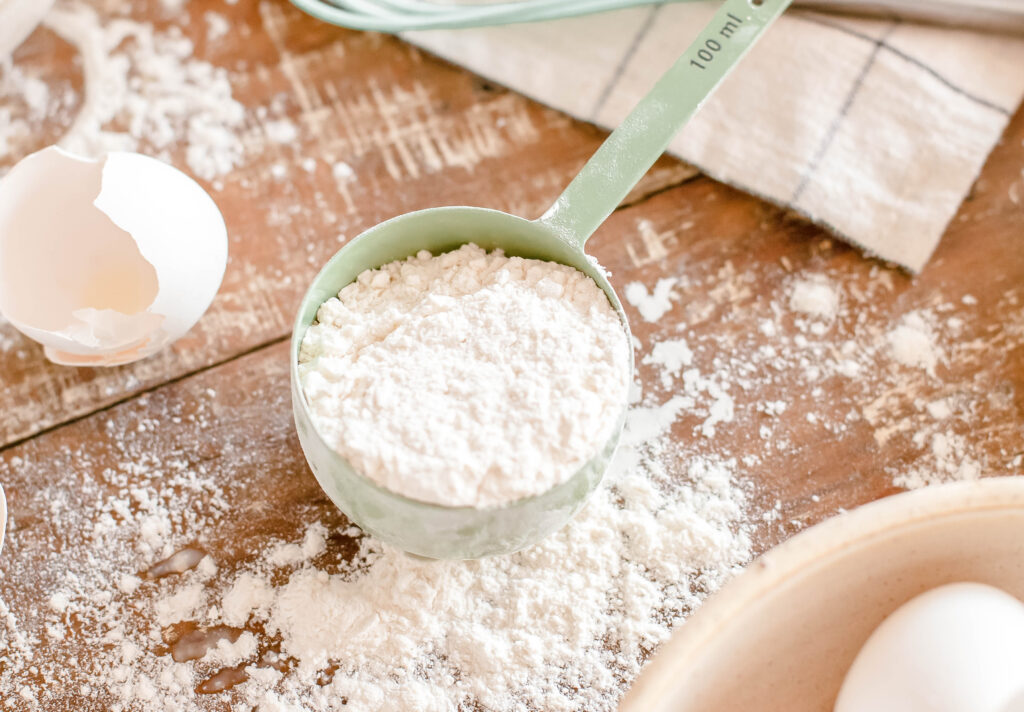
What is cake flour?
Cake flour is a type of flour with a lower protein content than all-purpose flour. It is designed for use in delicate baked goods, such as cakes, cupcakes, and delicate pastries, as it produces a fine, tender crumb.
Cake flour has a protein content of around 7 to 8 percent, compared to all-purpose flour, which has a protein content of around 10 to 12 percent. The lower protein content in cake flour results in a tender and delicate texture, making it ideal for use in light and fluffy baked goods.
Pro Tip for using Cake Flour
When using cake flour, it is important to handle it gently and not over-mix the batter, as this can result in a dense and tough baked product. Cake flour is often sifted to remove any lumps, which helps to ensure a smooth batter.
Cake flour is widely available in grocery stores, and it can be used in a variety of baking recipes, from sweet to savory. If cake flour is not available, it can be substituted with a blend of all-purpose flour and cornstarch, although the results may vary slightly.
Gluten in Flour
Gluten is a protein found in wheat flours, playing a crucial role in baking by providing elasticity and strength to doughs and batters.
How Much Gluten is in Flour
The gluten content in all-purpose or plain flour typically ranges from 9% to 12%, making it suitable for a broad spectrum of baked goods, from breads to cakes. However, the exact protein (gluten) content can vary slightly between brands, which can affect the texture of your baking. For recipes requiring a specific texture, such as chewy bread or tender cakes, you might opt for flour with a higher or lower gluten content, respectively.
Gluten free Flour Substitutes
For those following a gluten-free diet, whether due to celiac disease, gluten sensitivity, or personal preference, a variety of gluten-free flour substitutes are available to make your favorite baked goods without sacrificing texture or flavor.
Common alternatives include almond flour, rich in protein and healthy fats, perfect for moist cakes and cookies. Coconut flour, which is highly absorbent, offers a slight sweetness and is excellent for baking and thickening. Rice flour, both white and brown, provides a neutral flavor, making it a versatile option for a wide range of recipes.
Other notable substitutes are buckwheat flour, known for its earthy taste, suitable for hearty bread and pancakes, and chickpea flour, which adds a protein boost to dishes. These gluten-free flours not only cater to dietary restrictions but also introduce new dimensions of taste and nutrition to baking, encouraging creativity in the kitchen.
How to Measure Flour
Measuring flour accurately is essential for baking success, as even slight variations can affect the texture and consistency of your baked goods. Here are some tips to ensure you measure flour correctly:
- Use the Right Tools: Always use measuring cups designed for dry ingredients when measuring flour. Avoid using liquid measuring cups, as they can lead to inaccurate measurements.
- Fluff the Flour: Before measuring, fluff the flour with a spoon or a whisk to aerate it. This prevents the flour from settling and compacting in the storage container.
- Spoon and Level: Spoon the flour into your measuring cup lightly without packing it down. Once the cup is overflowing slightly, use the back of a knife to level it off, scraping away the excess flour. This technique helps avoid adding too much flour to your recipe.
- Weigh for Precision: For the most accurate measurement, consider using a kitchen scale. Flour should be weighed in grams or ounces. This method eliminates the guesswork and variability that comes with volume measurements.
- Avoid Scooping Directly: Scooping the measuring cup directly into the flour bag can compress the flour, leading to more flour than needed. This common mistake can result in dense and dry baked goods.
By following these tips, you can measure flour more accurately, ensuring your baking endeavours turn out perfectly every time.
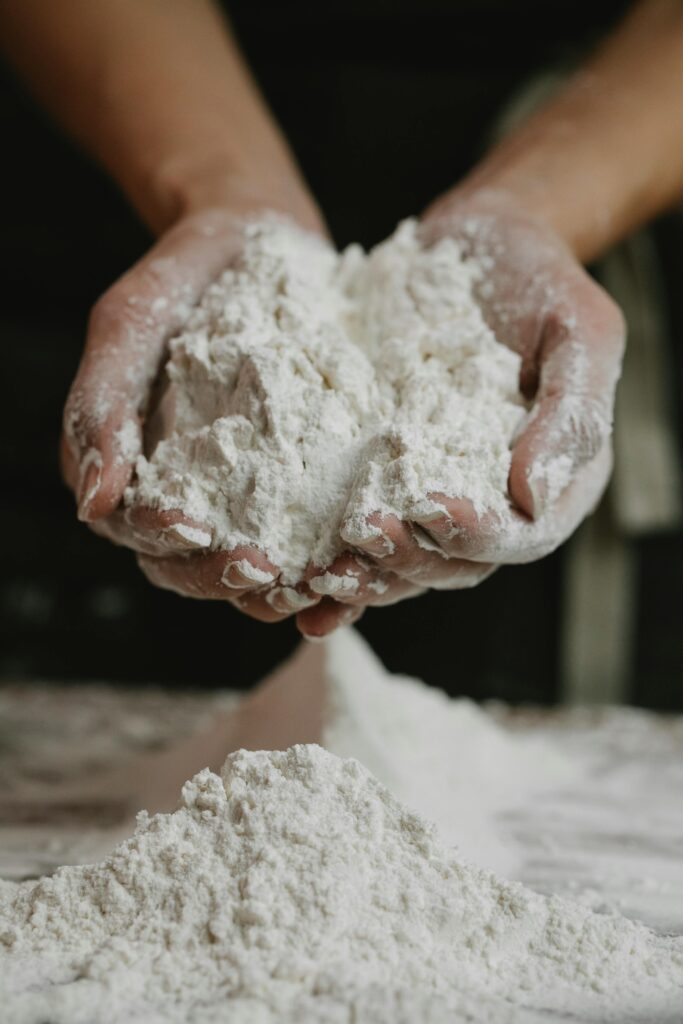
Flour Purchasing Tips
When buying flour, consider these key points to ensure you get the best quality for your baking and cooking needs:
- Know Your Flour Types: Different recipes require different types of flour. Understand the basics, like all-purpose, whole wheat, and specialty flours like almond or coconut, to choose the right one for your dish.
- Check the Freshness: Look for the “best by” date on the packaging. Fresher flour yields better results.
- Buy in Appropriate Quantities: Flour can go rancid over time. Purchase amounts you’ll use within a few months, unless you’re storing it in a cool, dry place or refrigerating/freezing it for longer shelf life.
- Consider the Source: Opt for brands that offer high-quality, non-GMO, or organic flour if those factors are important to you. Some bakers prefer locally milled flour for its freshness and support of local businesses.
- Storage Solutions: Ensure you have airtight containers at home to transfer the flour into, maintaining its freshness and protecting it from pests.
By keeping these tips in mind, you can select the best flour for your culinary projects, contributing to the success of your recipes.
How to Store Flour
Storing flour properly is crucial for maintaining its freshness, and quality, and extending its shelf life. Flour, being a staple in baking and cooking, requires specific storage conditions to prevent it from going rancid, getting infested by pests, or absorbing unwanted odors and moisture.
The key is to keep flour in a cool, dry place, away from direct sunlight. Transferring flour from its original packaging to an airtight container can significantly help in preserving its freshness. Glass, metal, or plastic containers with tight-fitting lids are ideal for this purpose.
Can You Freeze Flour
For long-term storage, consider keeping your flour in the refrigerator or freezer, ensuring it’s well-sealed to prevent moisture from getting in. This method is especially beneficial for whole grain and nut flours, which contain oils that can spoil faster.
Flour Storage Tips
- Label your containers with the type of flour and the date of storage to keep track of freshness.
- Sift flour before use if it has been stored for an extended period to prevent clumping.
- Allow frozen flour to come to room temperature before using it in your recipes to ensure accurate measurements.
Other Kitchen Guides You Should Check Out
- The Top Substitutes for Chia Seeds
- Peaches vs Plums
- How to Freeze Beans Sprouts
- Best Substitutes for Poblano Peppers
- Can you Freeze Pepperoni?
- The Impressive Health Benefits of Strawberry Juice
- Top 10 Substitutes for Shallots
- Can you Froth Almond Milk?
Final Thoughts
In summary, while all-purpose flour and plain flour can sometimes be used interchangeably, it’s essential to consider the specific requirements of your recipe. The slight difference in protein content can affect the tenderness and structure of your baked creations, so understanding these nuances can help you achieve the best results in your baking endeavors.

Christopher is a food and lifestyle expert, recipe developer and the content creator behind May Eighty Five. With years of experience in the kitchen, he also shares tips, tricks and how to’s that he has learnt over the years. Every week, he shares quick, simple and mostly healthy recipes along with some home and entertaining tips. You will find flavorful cocktails, delicious appetizers, tasty mains and some indulgent desserts. As a home decor enthusiast, he also likes to share simple DIY projects and simple tips for a beautiful home.


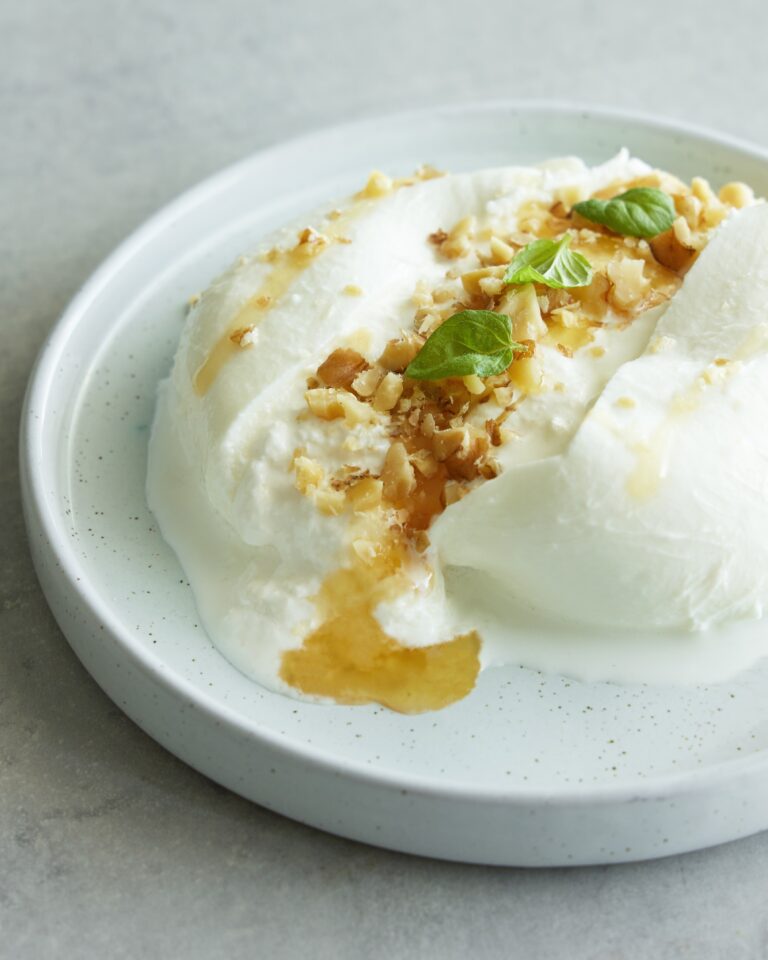

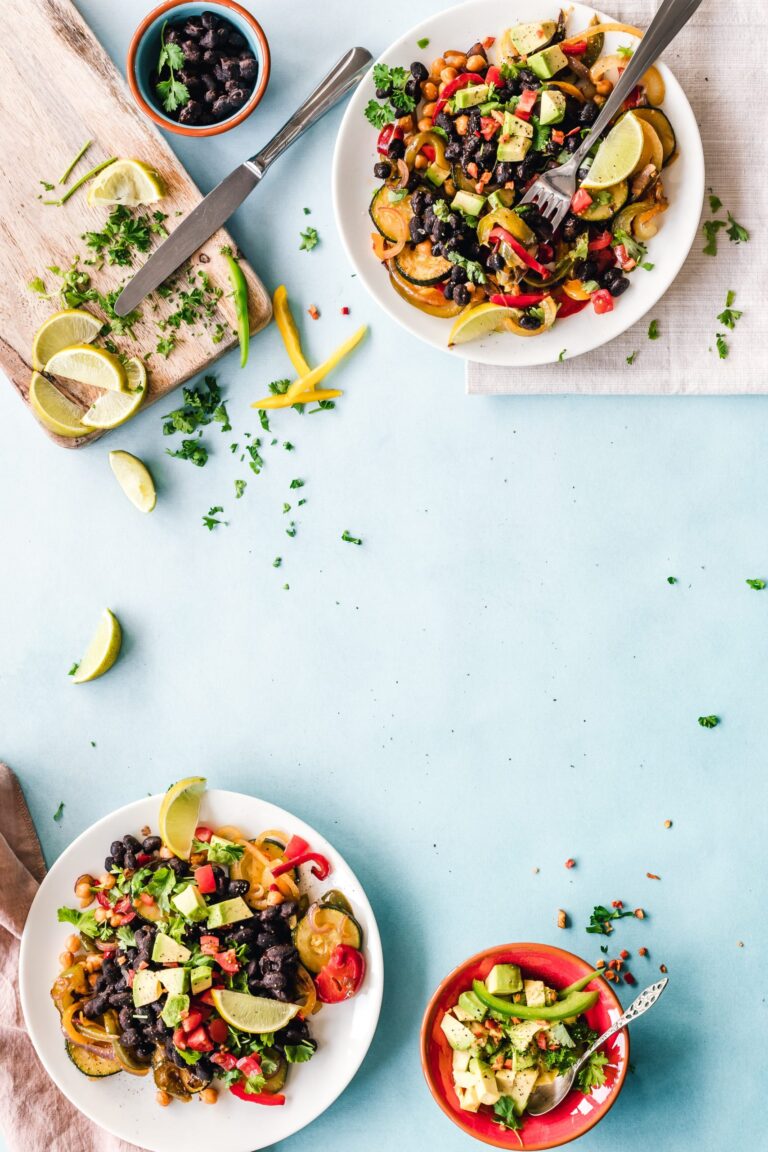
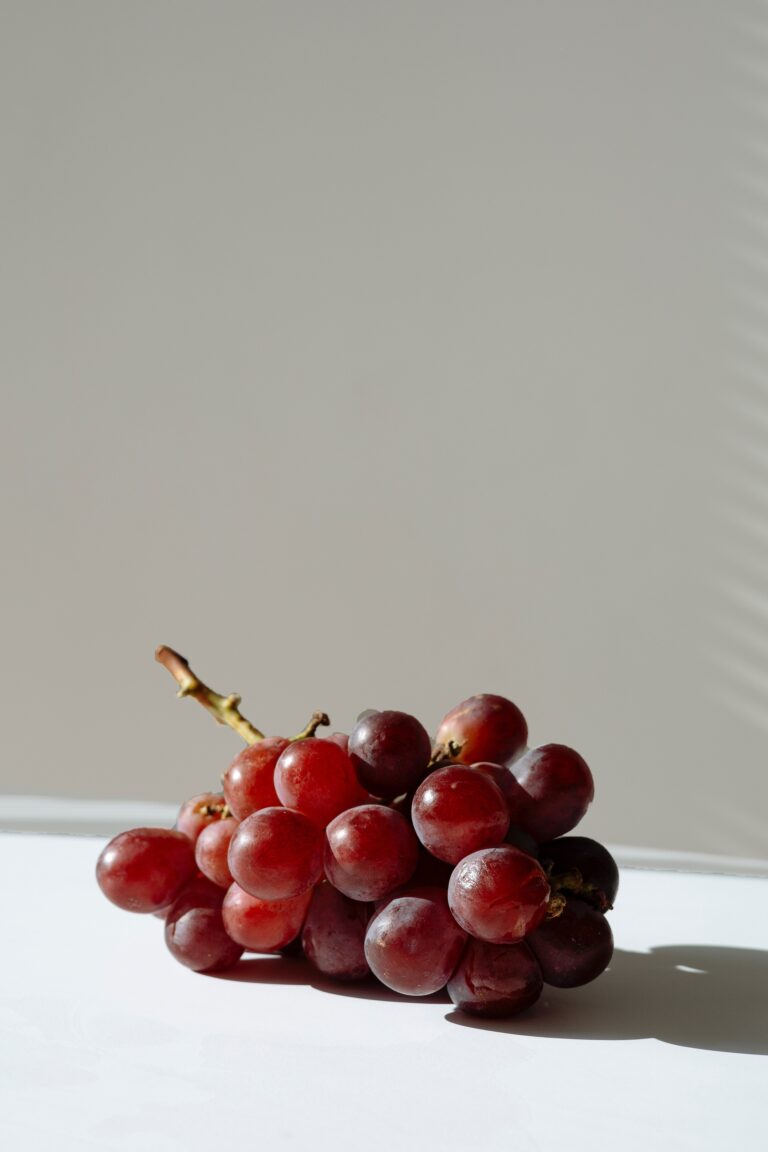

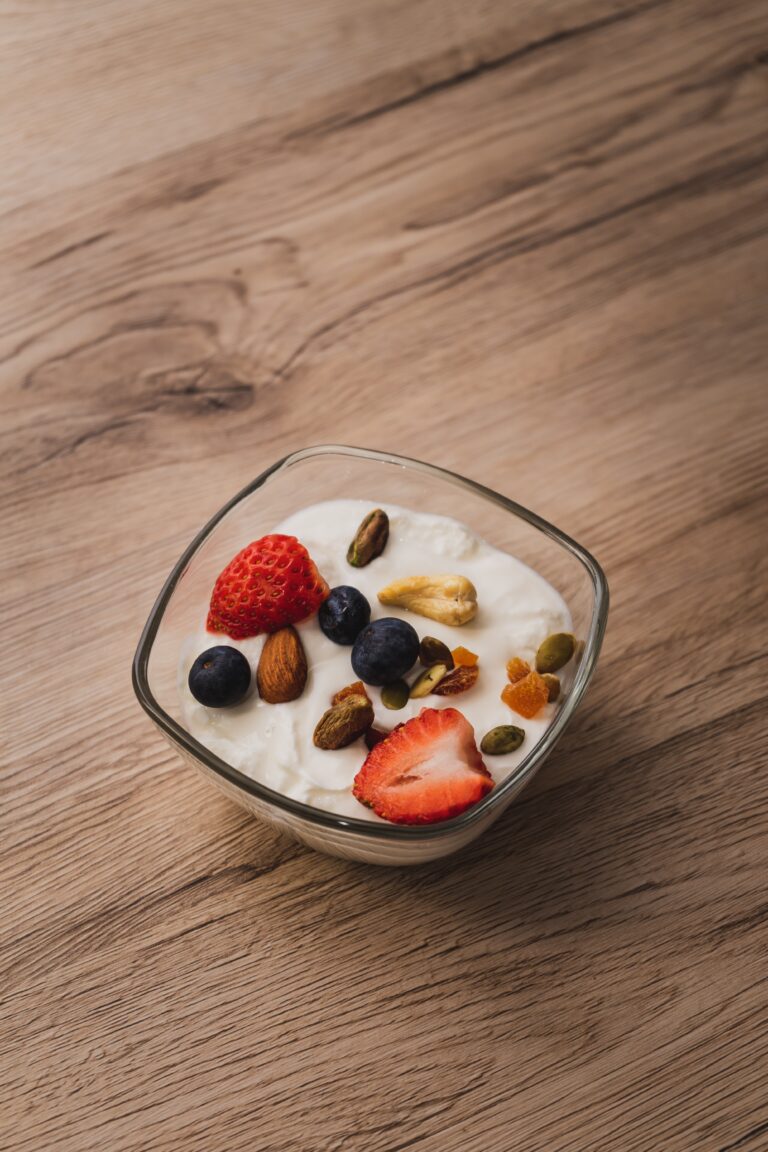
23 Comments